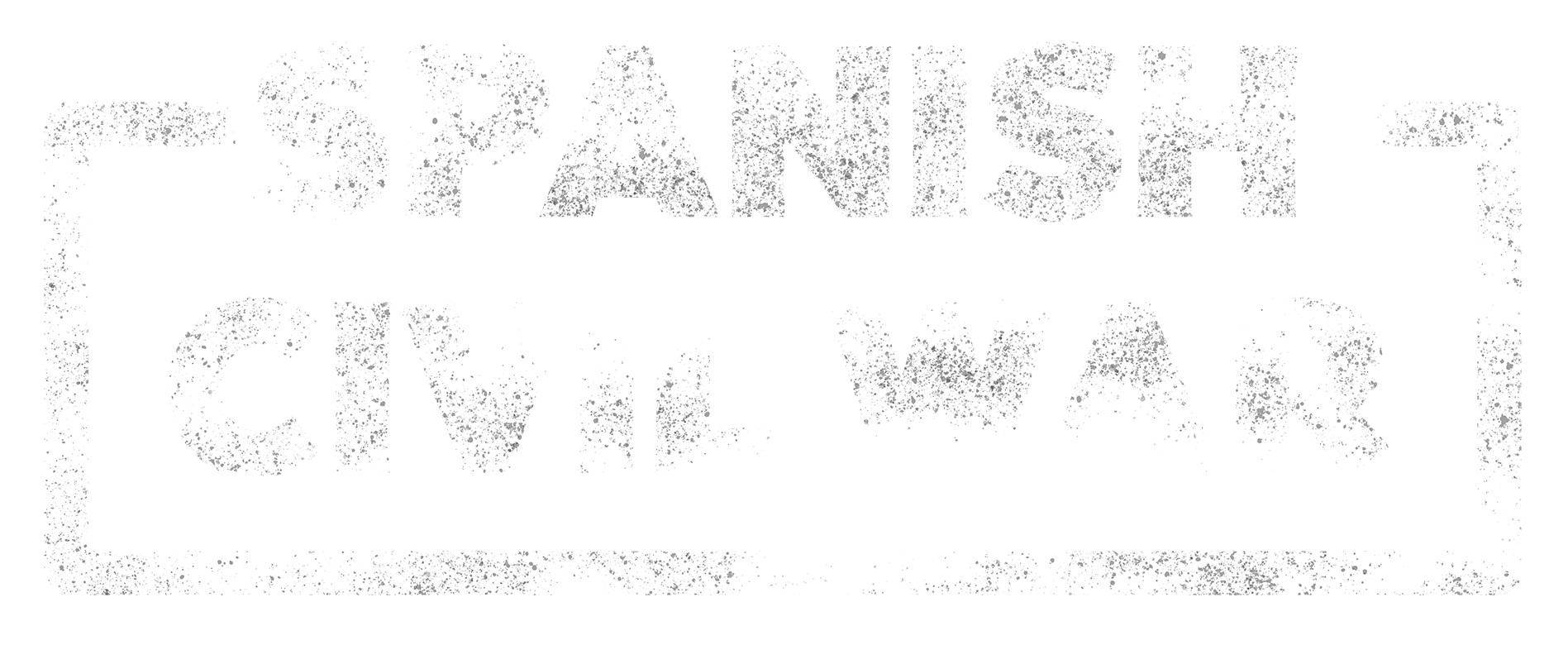The bombing of the Xátiva railway station
Source:
Ufficio Storico della Aeronautica Militare italiana
Date Created: 1939-02-12
Type: Photograph
Extent: 1 item
38.98809, -0.52004
The bombing of the Xàtiva railway station on 12 February1939 is representative of the use of aviation by the rebel faction during the final moments of the Spanish Civil War. This attack must be understood in the context of both the collapse of the Republican front—following the fall of Catalonia and the international recognition of Franco's regime—and the aerial strategy developed by the Italian Legionary Air Forc (ALI) which involved targeting key infrastructure and instilling terror among the civilian population as part of the so-called "total war."
The attack on this Valencian city occurred while a military train carrying soldiers from the 149th Battalion of the 49th Republican Mixed Brigade was stopped at the station next to a hospital train. The heavy presence of both military personnel and civilians on the platform heightened the severity of the attack. Between 10:50 and 10:55 in the morning, five Italian trimotor aircraft dropped twenty 250-kilogram bombs which struck the station directly, causing at least 145 deaths and injuring more than 200 people, most of them soldiers and civilians.
After taking off from Son Sant Joan (Mallorca), the planes, which arrived in formation, carried out a precision attack from 4,200 feet. The account of the events highlights the symbolic weight of the incident, as many of the battalion’s soldiers were originally from Xàtiva or had been stationed there and were expecting a brief stopover before continuing their return to the rear.
The consequences were not limited to the loss of human lives. Material goods, buildings, and heritage sites were also affected for a long time, including the station building itself, which had to be completely rebuilt. Two train cars were overturned at the station and completely destroyed, while another slid down a terrace, landing near some fruit trees. Platforms, tracks, the station building, several nearby houses, warehouses, and workshops were partially or entirely destroyed. Preliminary proceedings by Court No. 4 of Xàtiva began that very morning, with 10:45 a.m. recorded as the official start time of the investigation. This documentation is held in the Sarthou Collection at the Xátiva Municipal Archives.
The assessment of the material damage caused by the bombing has not been completed due to the inaccessibility of the archives of the Directorate General for Devastated Regions, the body responsible for reconstruction after the Civil War. A search at the General Archive of the Administration in Alcalá de Henares in 2019 yielded little information about Xàtiva. The remaining documentation, possibly held at the Central Archive of the Ministry of Public Works, is neither cataloged nor available for study, which prevents a comprehensive analysis. Therefore, there are no graphic records of the bombing’s destructive effects, although there is abundant and reliable documentation of the event itself.
GRA







